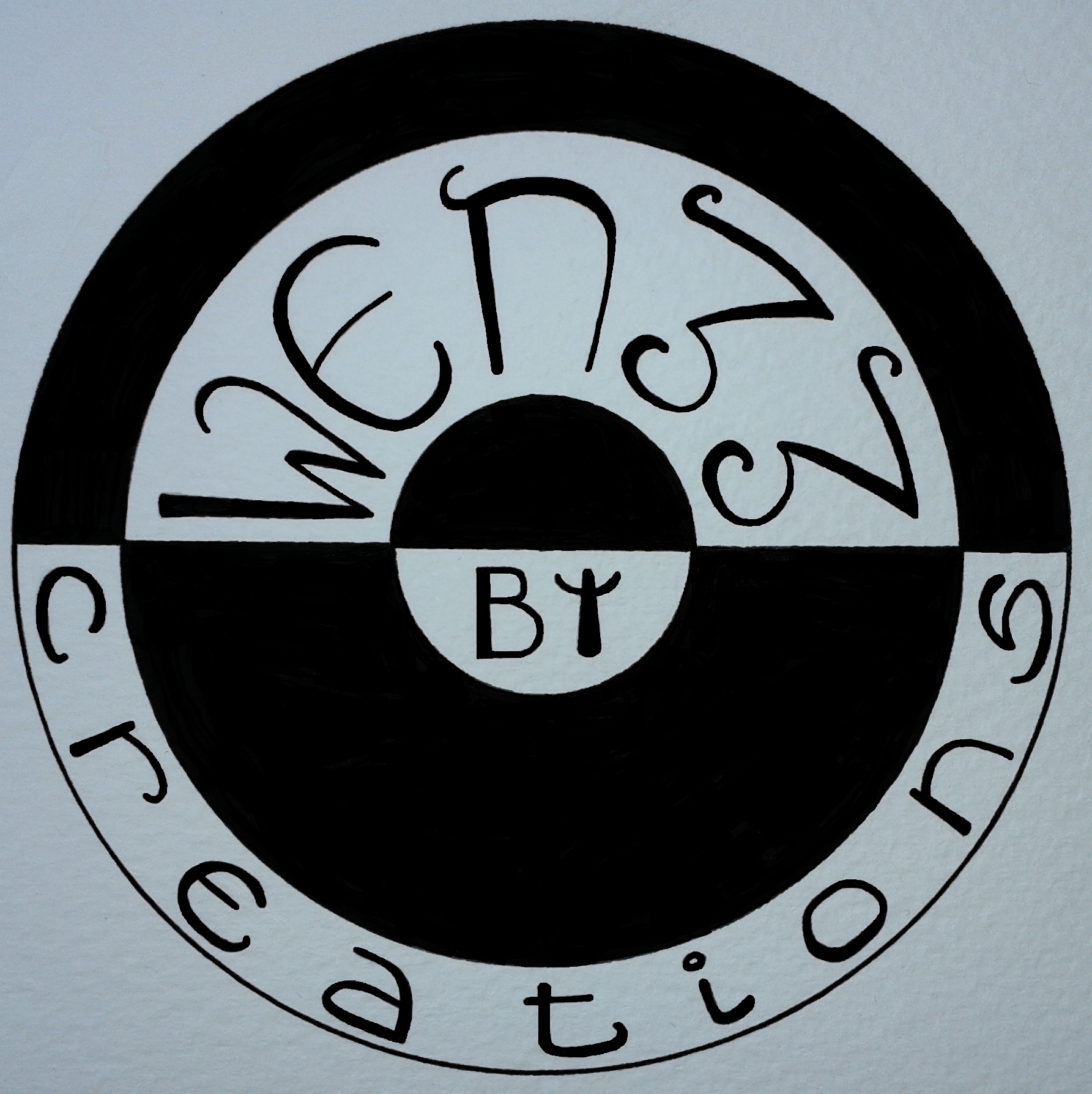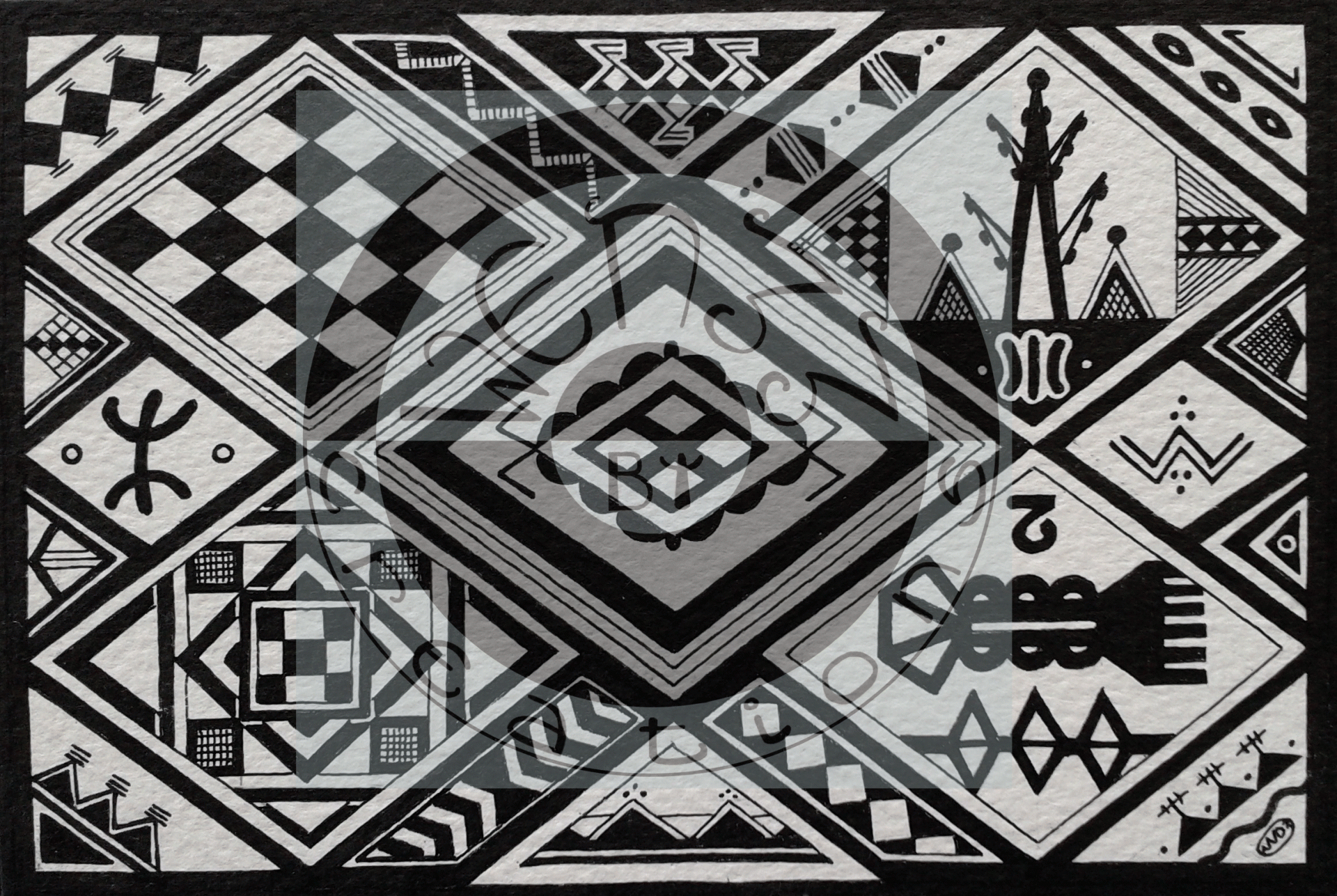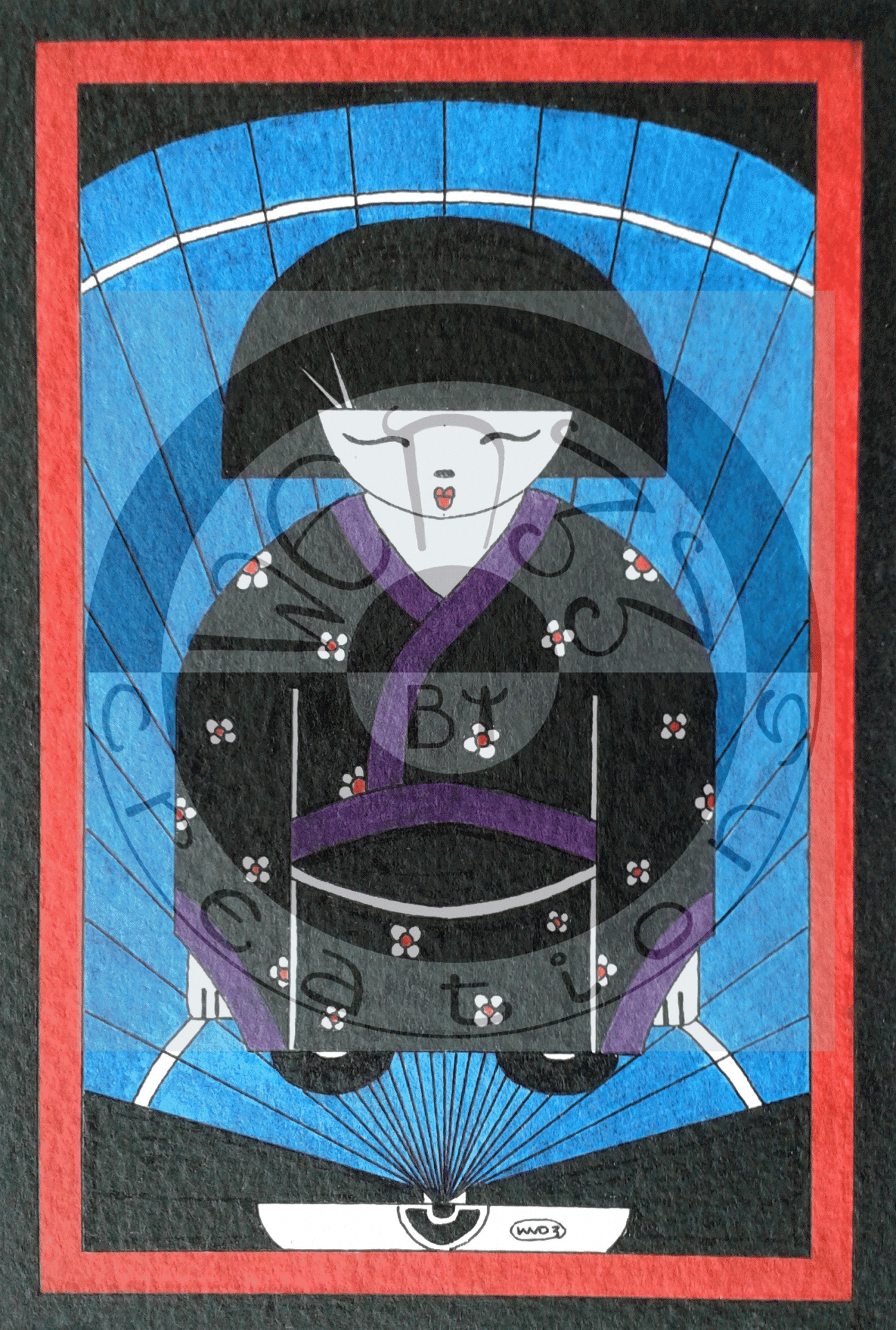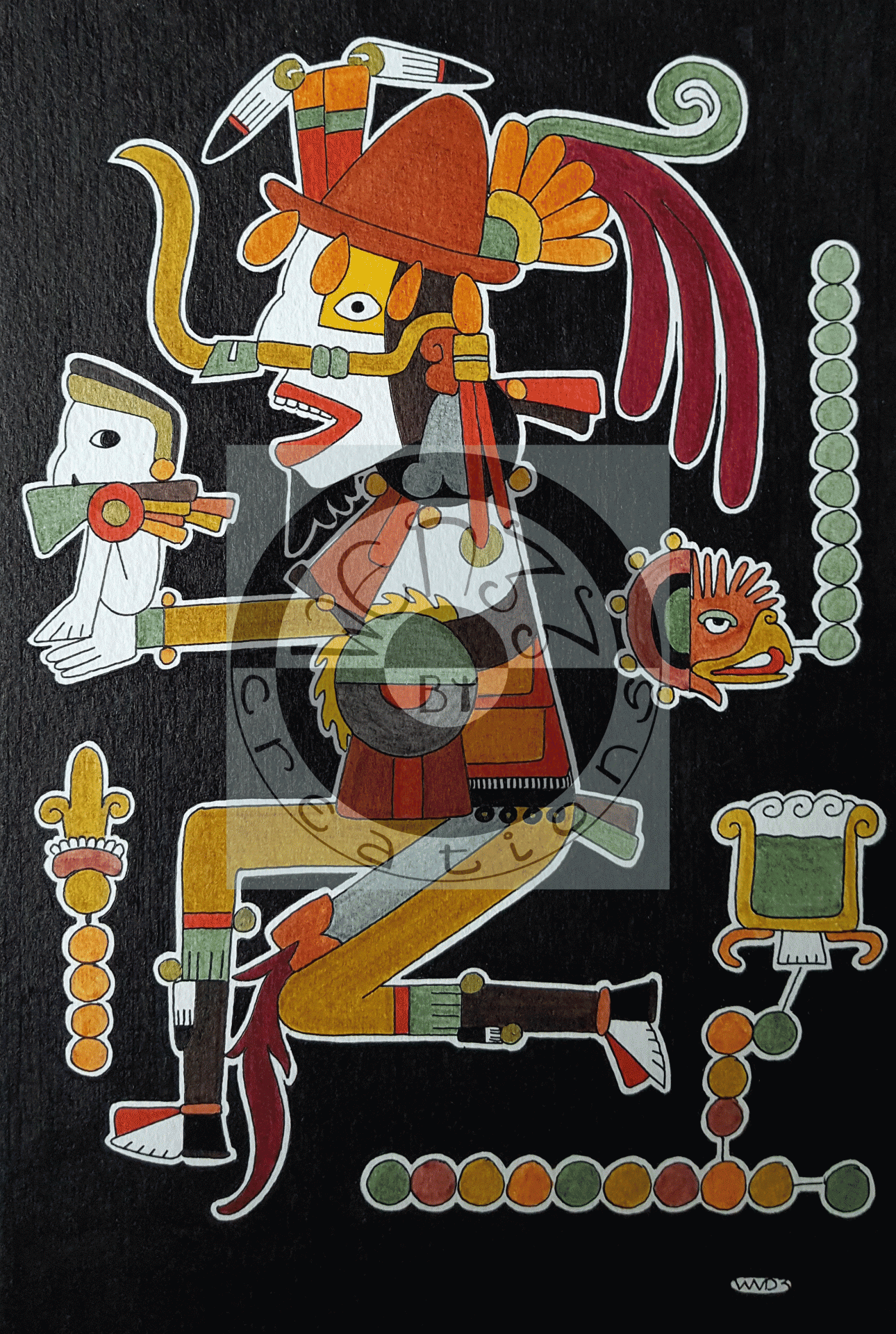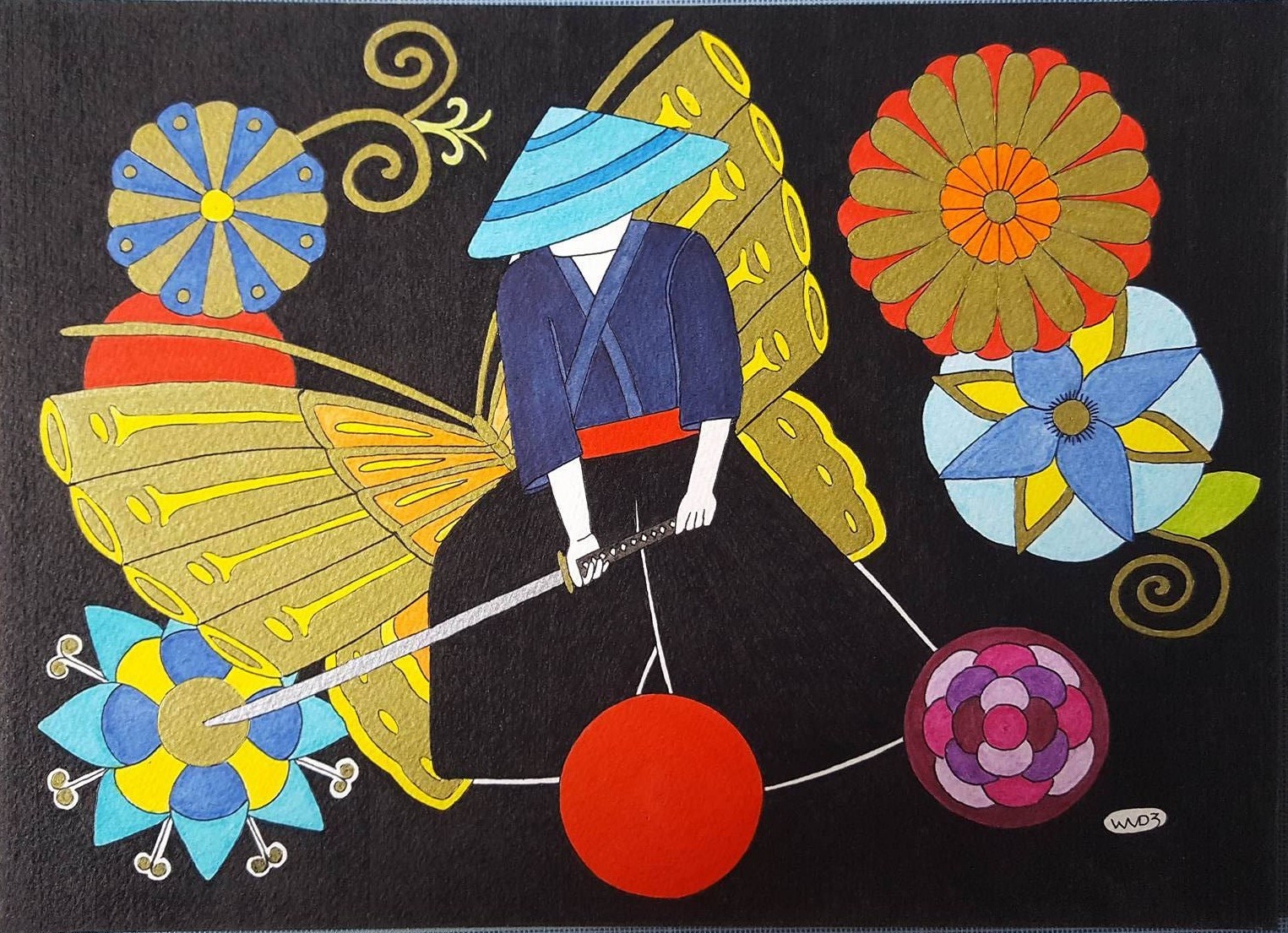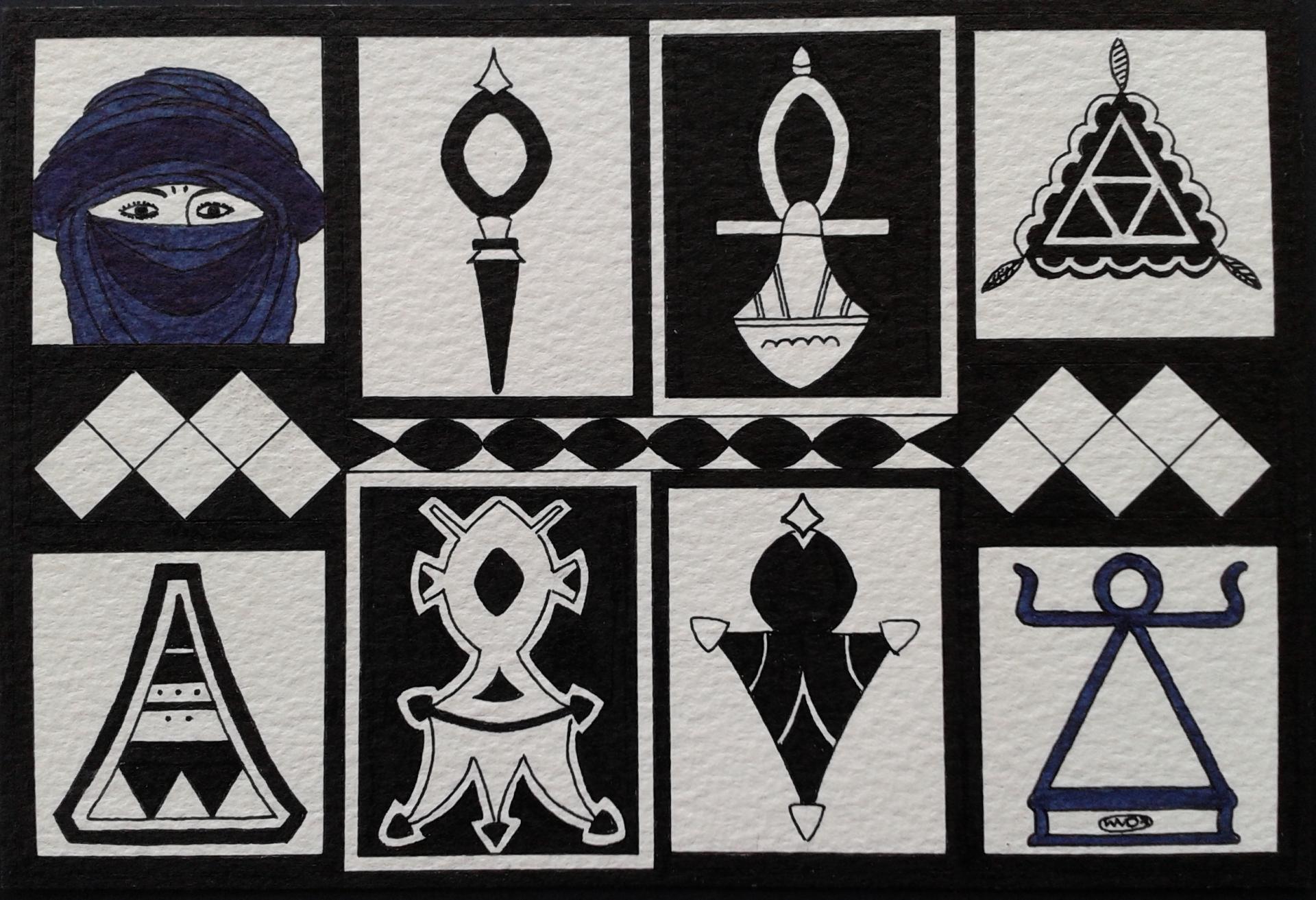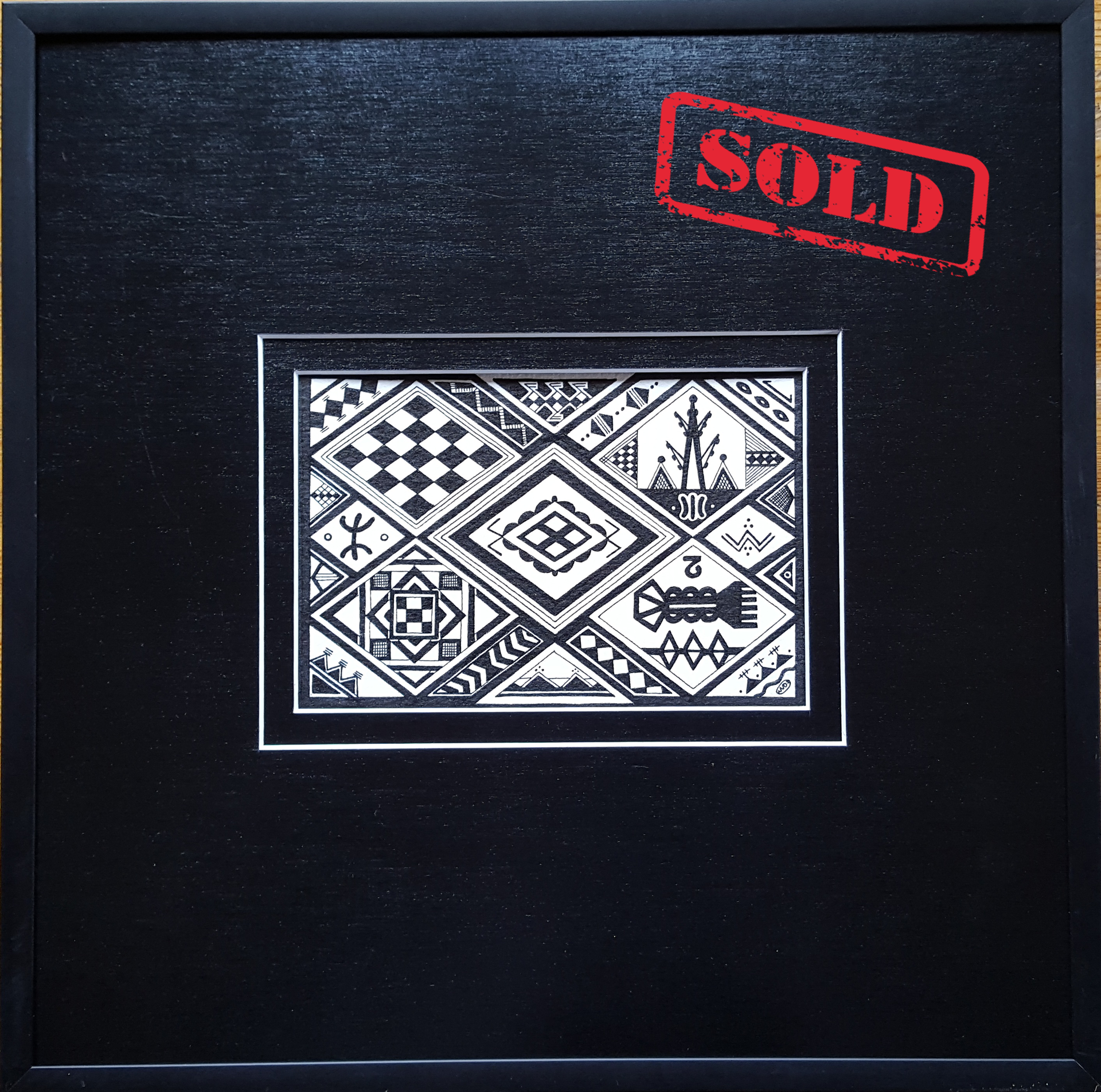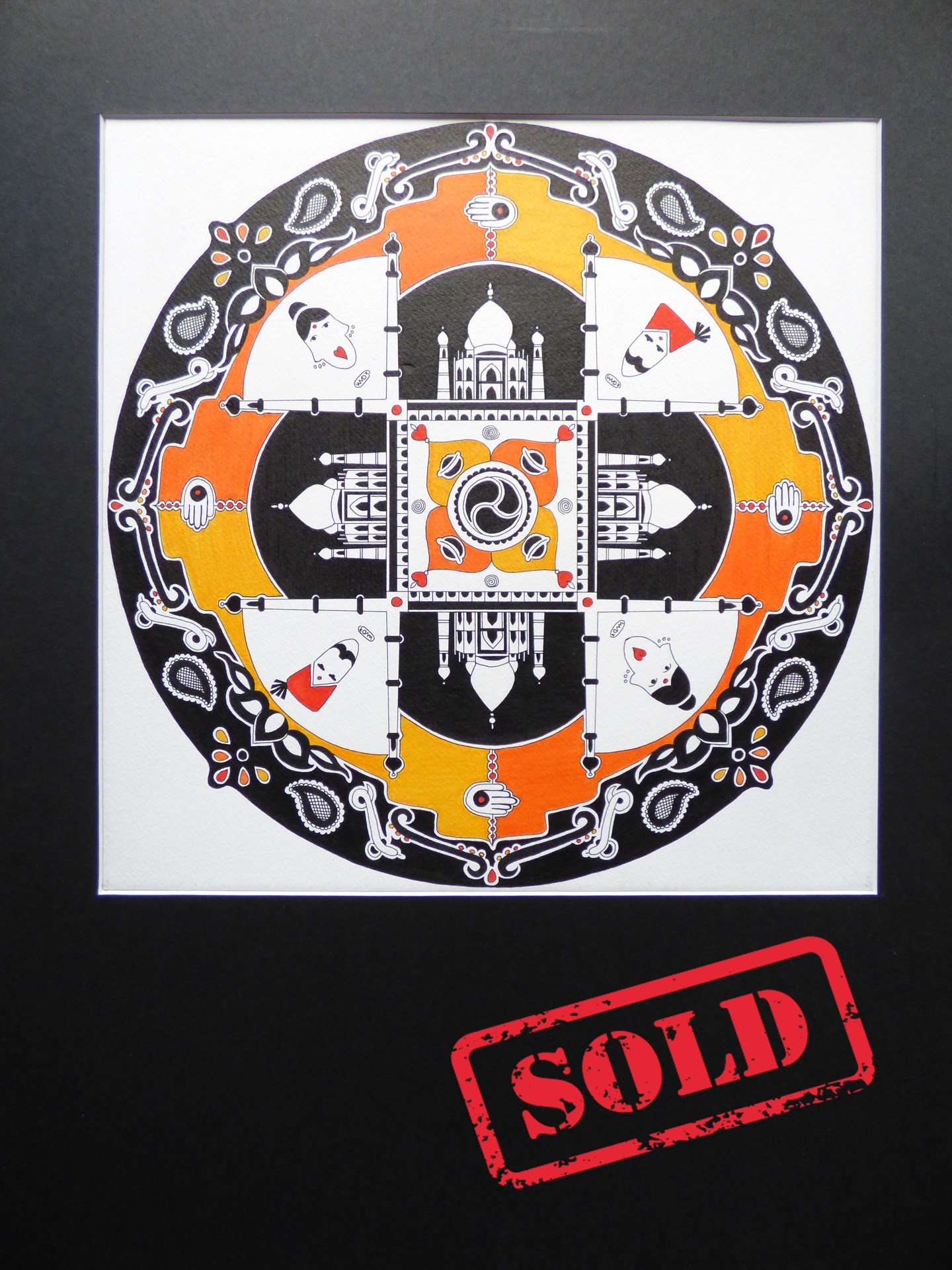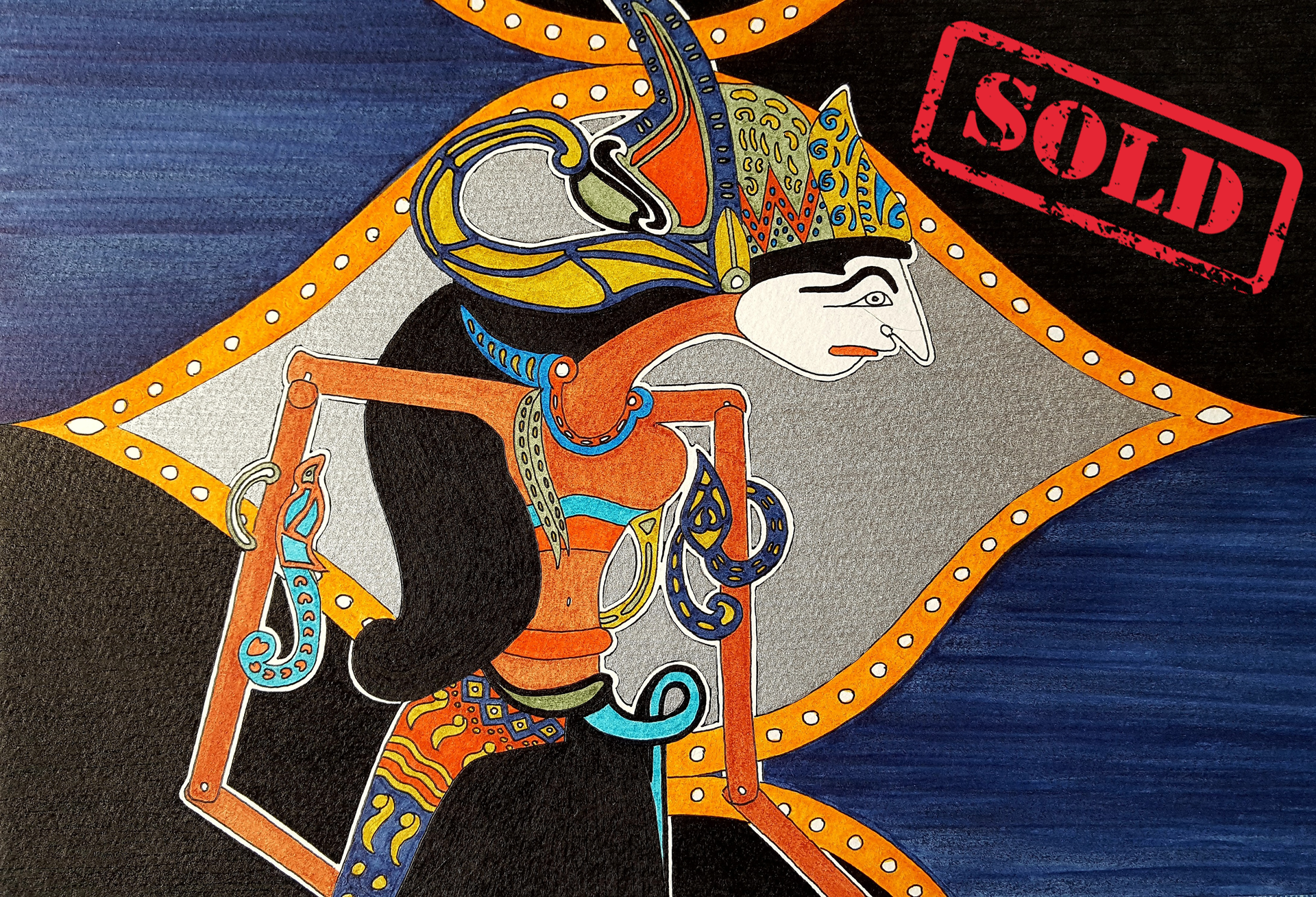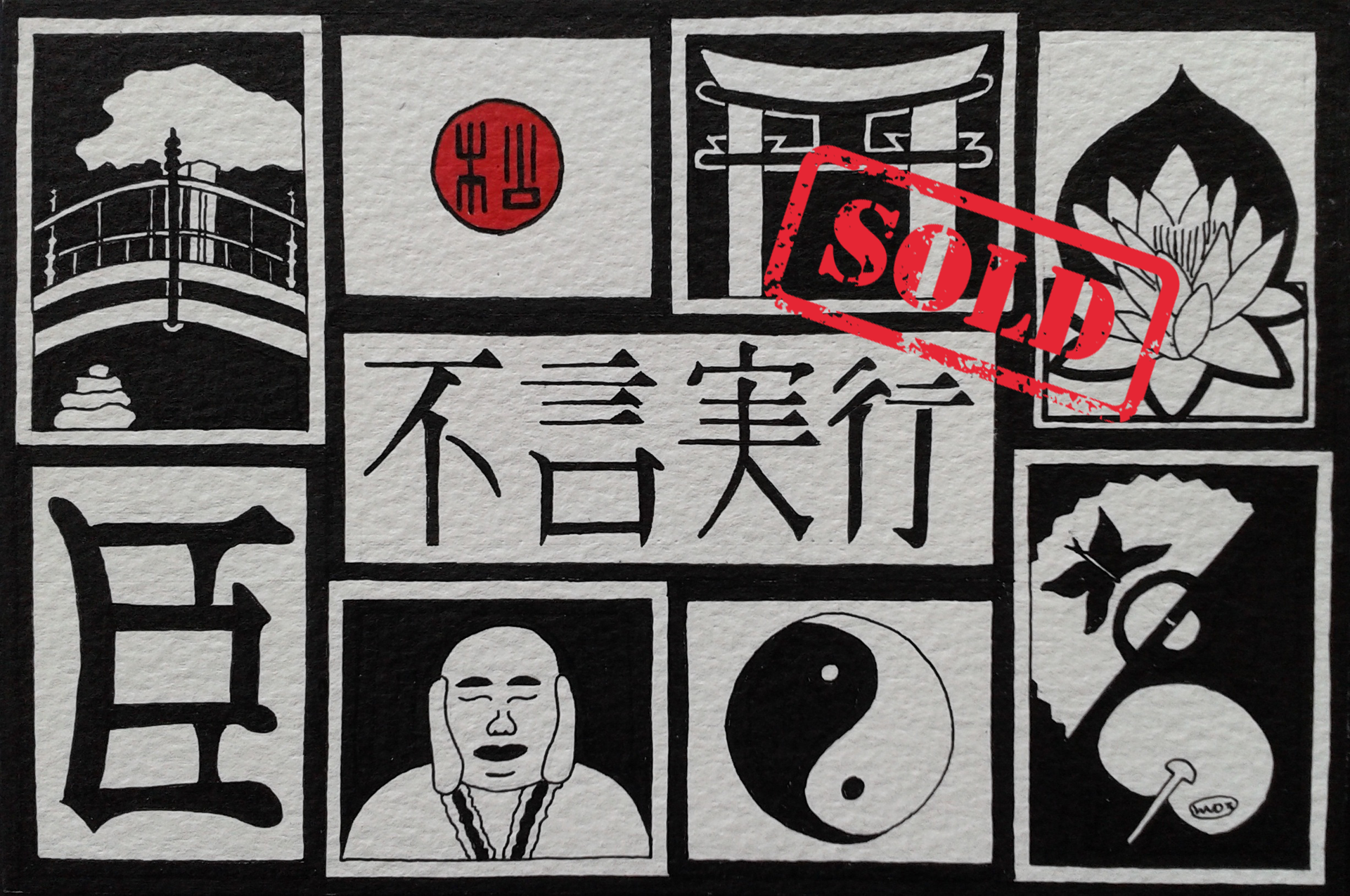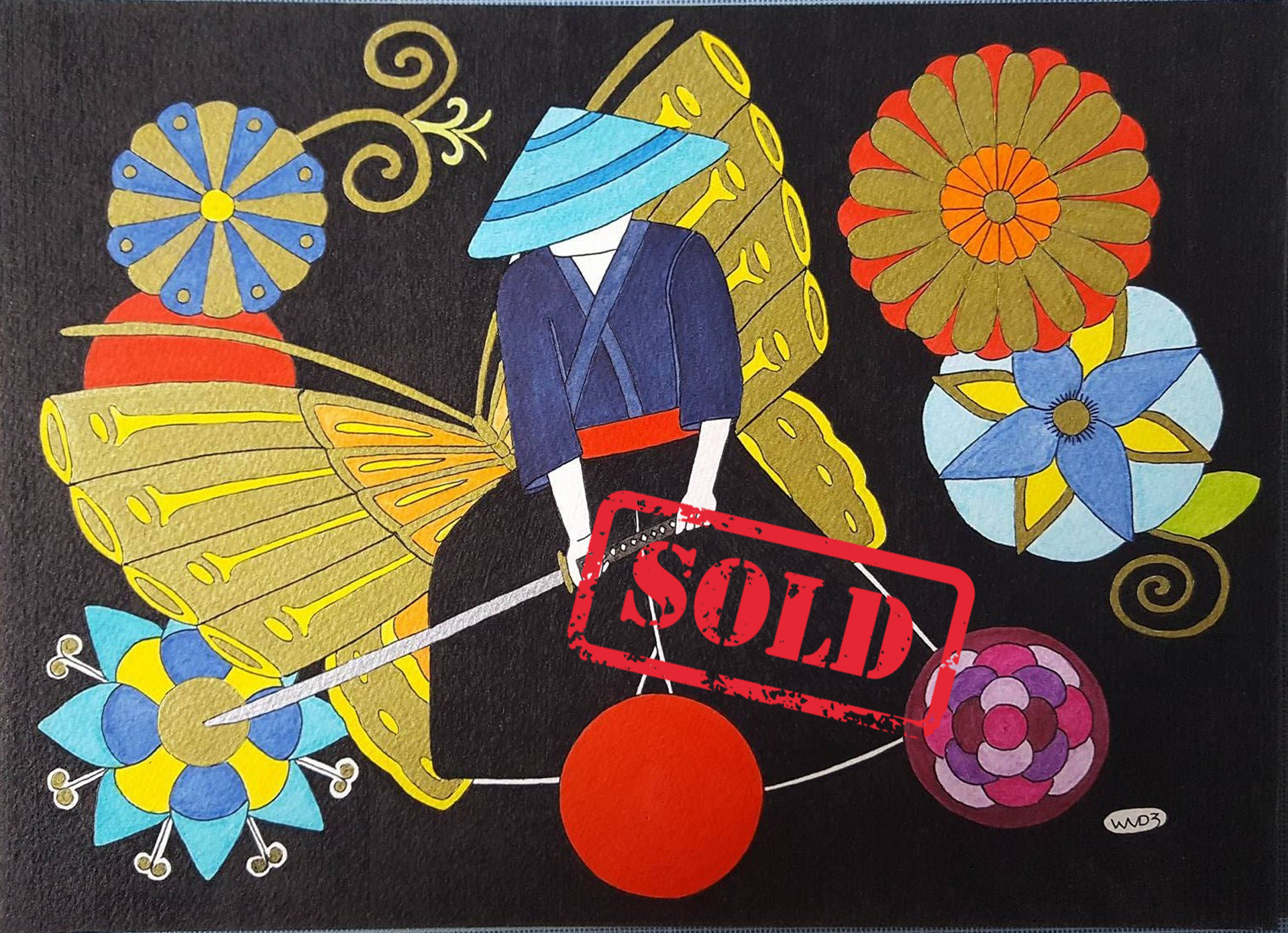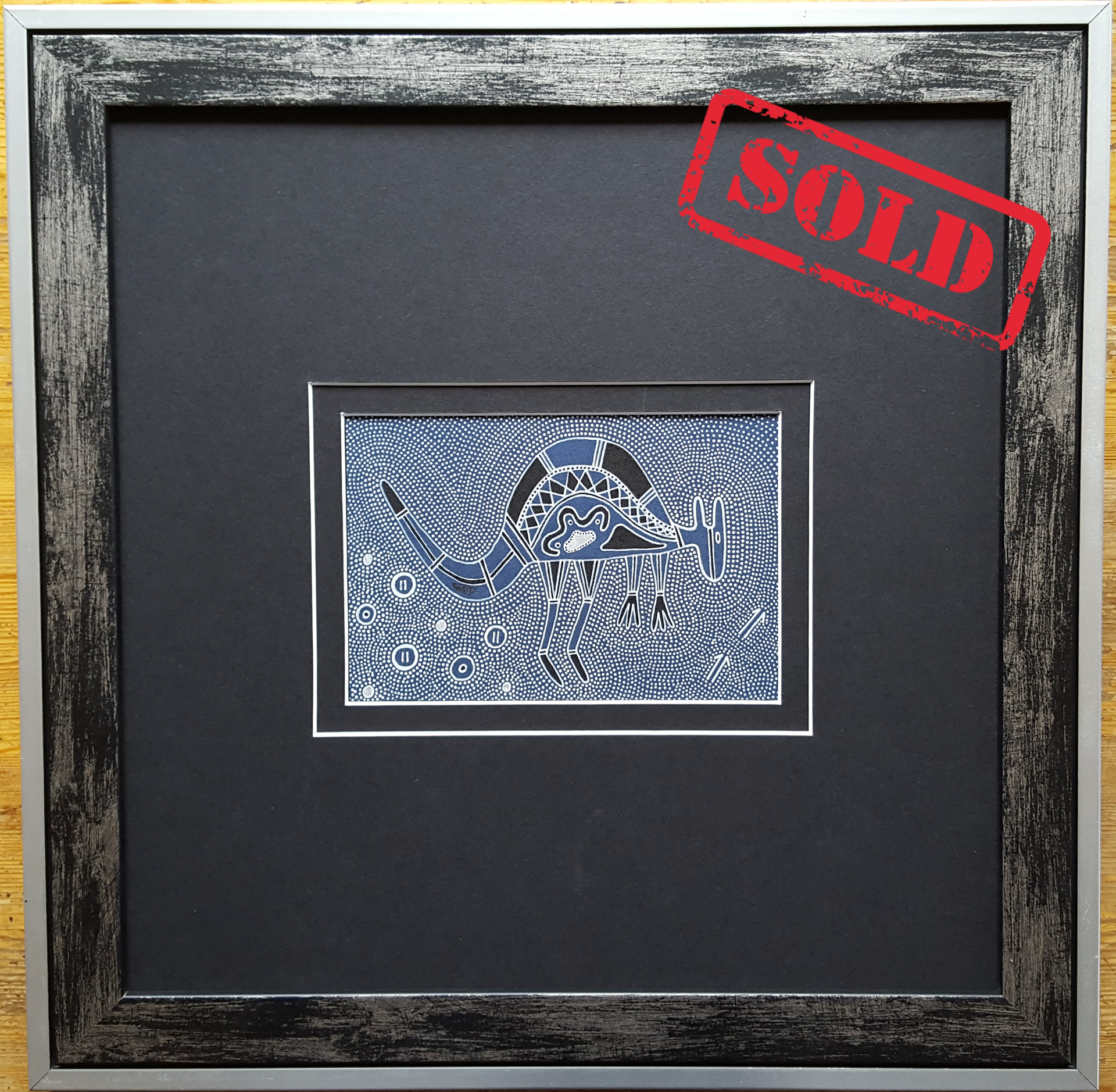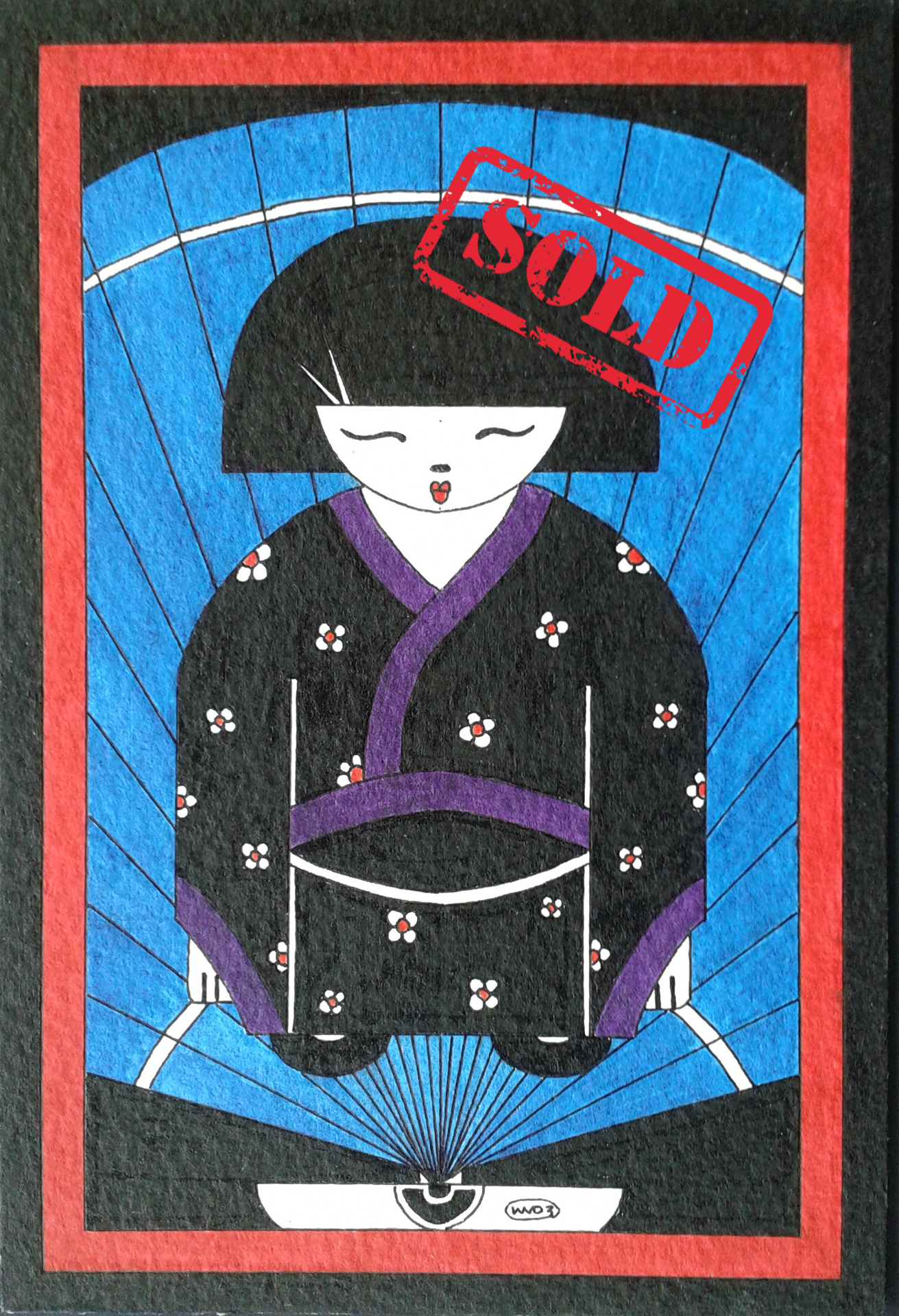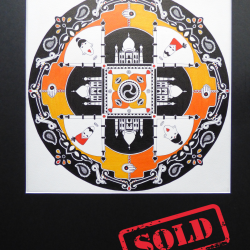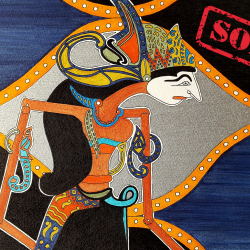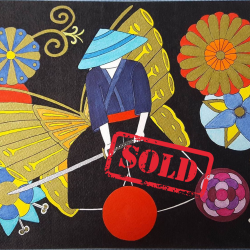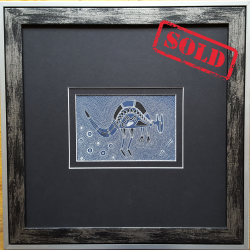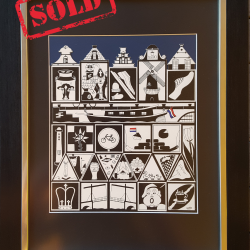Description
| Continent: | Europe |
| Territory: | Brittany (France), Cornwall, Wales, Scotland, Ireland and Isle of Man |
| Languages today: | Irish, Scottish, Gaelic, Manx, Welsh, Breton and Cornish |
THE "CELTS"
The Celts were people in Iron Age and Medieval Europe who spoke Celtic languages and had cultural similarities although the relationship between ethnic, linguistic and cultural factors in the Celtic world remains uncertain and controversial.
Today, the term often refers to the cultures, languages and people that are based in Scotland, Ireland and other parts of the British Isles, and Brittany in France.
Evidence indicates that the Celts were spread out accross a vast area of continental Europe. They lived as far as modern-day Turkey and even served as mercenaries for the Egyptian queen Cleopatra. They were never politically united as a single people but consisted of different groups, including Gauls and Celtiberians.
TODAY'S CELTIC LANGUAGES:
Today six languages survive: the Gaelic group comprising Irish, Scots, Gaelic and Manx, and the Britonic group comprising Welsh, Breton and Cornish.
The Celts, both ancient and modern, have provided humanity with some fantastic art, culture and stories of martial prowess.
The Celts were interested in Druidism. Their Druids were teachers of wisdom who claim to know the size and shape of the earth, the universe, the movements of the sky and stars and what the gods intend. One of the precepts they teach is that their souls are eternal and there's a second life for the dead.
CELTIC ART
The term of "Celtic art" is generally used by art historians to refer to art of the "La Tène" period (450 BC up to the Roman conquest) accross Europe, while the Early Medieval art of Britain and Ireland, what "Celtic Art" evokes for much of the general public, is called insular in art history.
Both styles absorbed considerable influences from non-Celtic sources, but retained a preference for geometrical decoration over figurative subjects. Energetic circular forms, triskeles and spirals are characteristic. The interlace patterns, often regarded as typical of "Celtic art" were in fact introduces to insular art from the animal style II of Germanic Migration Period art. Equally, the forms used for the finest insular art were all adopted from the Roman period.
Sources: site www.livescience.com/44666-history-of-the-celts.html / Wikipedia / Pinterest

